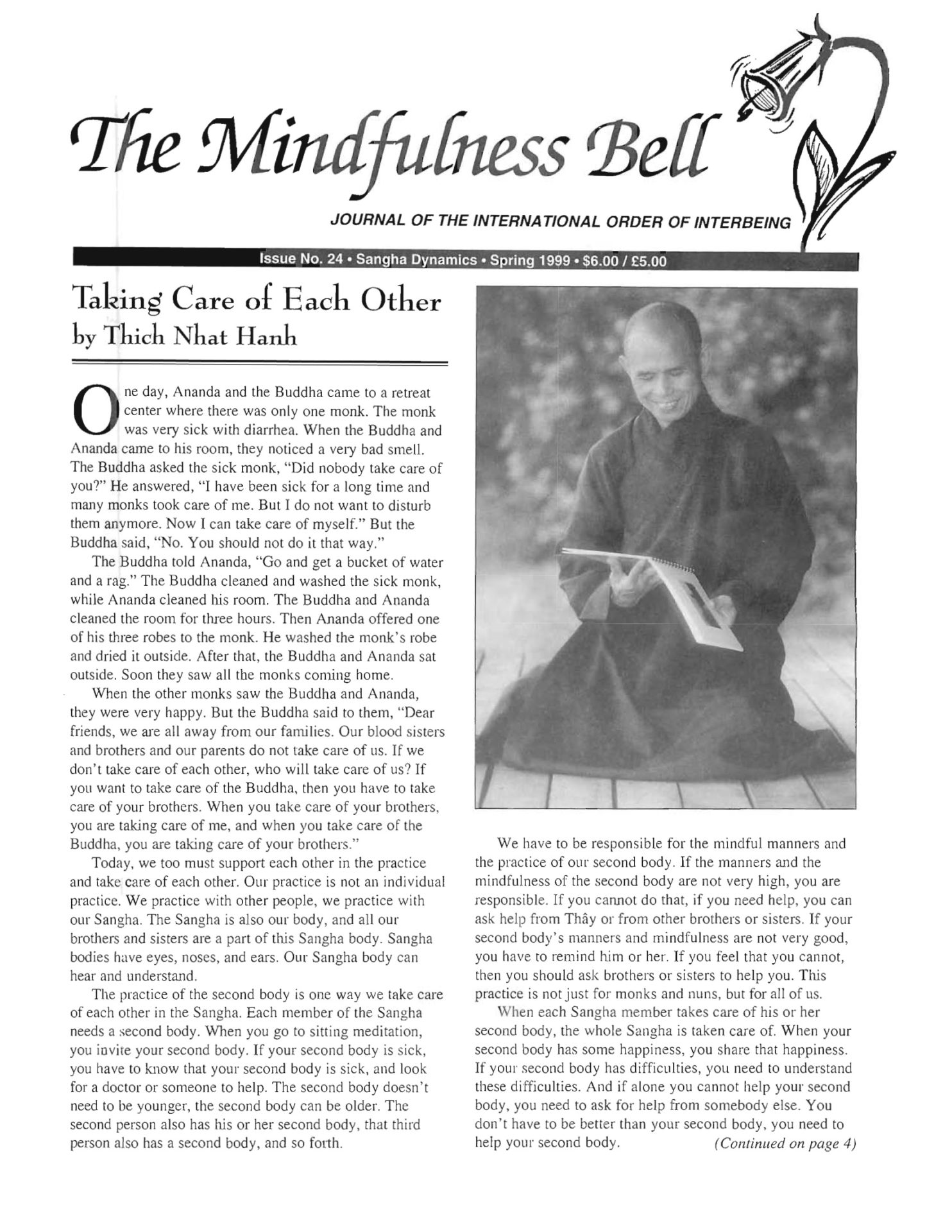By Bruce Kantner
Ten years ago I founded the Gaia Education Outreach Institute around the question, “What would an education look like that helps people study, experience, and practice the highest ideals of humankind for love, peace, beauty, and compassionate service?” In September 1991 my wife and I took eleven young adults on our first Geocommons College Program, a six-month journey to intentional communities working on spiritual, sustainable lifeways in Europe and India. We spent eight days at the Plum Village Winter Retreat,
By Bruce Kantner
Ten years ago I founded the Gaia Education Outreach Institute around the question, "What would an education look like that helps people study, experience, and practice the highest ideals of humankind for love, peace, beauty, and compassionate service?" In September 1991 my wife and I took eleven young adults on our first Geocommons College Program, a six-month journey to intentional communities working on spiritual, sustainable lifeways in Europe and India. We spent eight days at the Plum Village Winter Retreat, where students were amazed, challenged, and enchanted by the nuns and monks and their mindful, happy way of life. We were all inspired by Thay. Our groups have returned every year.
Plum Village continues to be the most impressive community experience for students on these semester programs. It shows the possibility of another way of life and the power of Sangha. Students yearn for a heartfelt, "mindful community, though some are suspicious of forms and rituals. In many ways, Sangha is the heart of our Geocommons learning community. Each member works on selfrealization of one's highest capacities (Buddha), on learning from the wisdom traditions and finest examples of human Earth communities (Dharma), and on our community practices of attention, compassion, and service (Sangha).We don't call ourselves a Sangha or ask students to embrace any beliefs. We do not want misunderstandings with the university around the separation of church and state. Yet seven students from our 1991 group took the Five Mindfulness Trainings.
My work with GCP gave me an exquisite taste of how learning Sanghas could transform our educational process and society. Now I've handed on the leadership, and my next step is to join with other mindfulness practitioners to create a permanent, lay mindfulness and sustainability community that would demonstrate these lifestyles in our region. With help from an initiative group, I've written a prospectus for Monadnock Geocommons Village, an ecovillage of twelve initial households on our farm in the Monadnock region of southern New Hampshire.
On a recent visit to Green Mountain Dharma Center, I realized how strongly I want MGV to develop as a Sangha. What does this mean? A lay Sangha-Ecovillage? Can we attract enough people or will the word "Sangha" seem too narrow in its Buddhist forms? Will we have sufficient skills to nurture this Sangha seed into a full-flowering community? When I sit with these questions, I see I am already in the midst of Sangha and Sangha builds us as we build true community.
Bruce Kantner can be reached at (603) 654-2523, email mgv@tellink.net.

